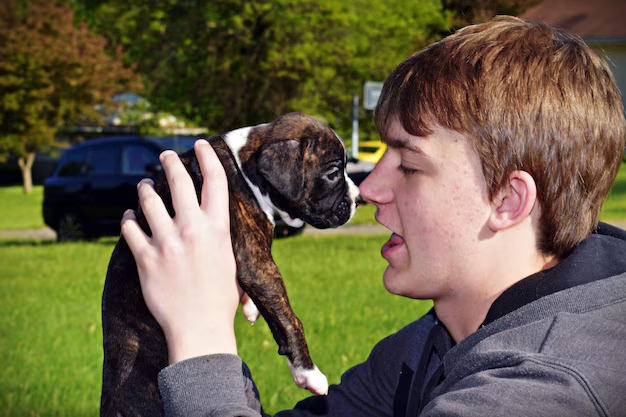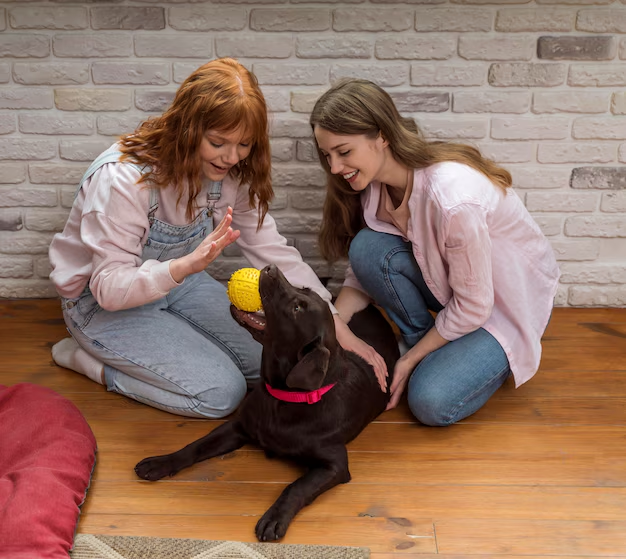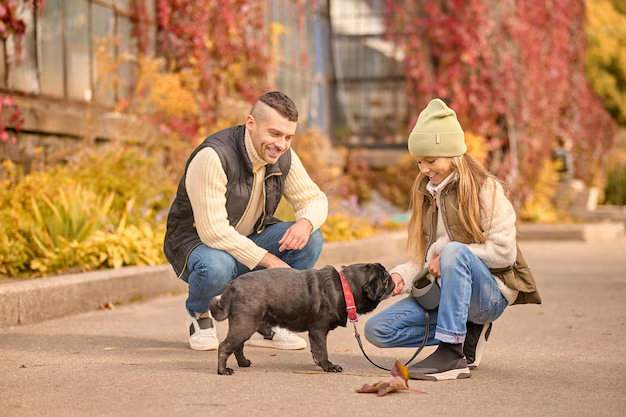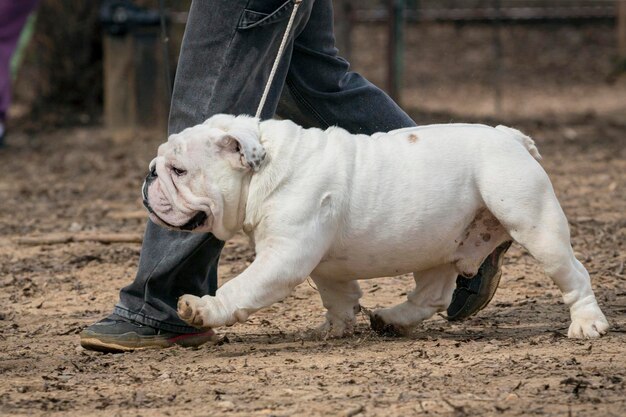The Pocket Bully is a unique and charming dog breed that’s gaining popularity as a compact and muscular companion. With their small size and sweet temperament, pocket bullies make ideal pets for families, singles, and anyone looking for a loyal furry friend. Unlike larger pit bull breeds, the Pocket Bully is much more compact, typically weighing between 10 and 25 pounds, making them a great choice for smaller living spaces like apartments.
When it comes to personality, the Pocket Bully is as sweet as they come. These dogs are known for being confident, playful, and friendly, but they also have a strong protective side. Despite their tough appearance, pocket bullies are gentle, especially when properly trained and socialized. In this blog post, we will explore everything you need to know about the Pocket Bully – from its care requirements to its health concerns – so you can decide if this breed is the right fit for you.
What is a Pocket Bully? Discover the Charm of This Small Hybrid Dog

The Pocket Bully is a compact version of the American bully dog, bred to be smaller and more manageable. It’s a mix between the American bully and the Patterdale Terrier, two breeds that give the pocket bully its unique look and personality. Typically weighing between 10 and 25 pounds, the Pocket Bully is much smaller than the standard American Bully but still carries that muscular build that makes them look strong and powerful.
What makes the Pocket Bully stand out is its friendly and confident nature. Despite their tough appearance, these dogs are known for being affectionate and loyal to their families. They are playful and enjoy spending time with their humans, making them great companions for kids and adults alike. Pocket bullies are also easy to train because they are intelligent and eager to please.
While they are small, their muscular build makes them look tough, which is part of their charm. They are also known for being protective, so they might alert you if something feels off around your home. But with the right training and socialization, they can be calm and well-behaved.
Pocket Bully Personality: Why These Little Dogs Have Big Hearts
Pocket Bullies have a surprisingly gentle temperament despite their tough look. They are known for being sweet and affectionate towards their family members, often forming strong bonds with their owners. These dogs are highly social and enjoy spending time with their human family, making them excellent pets for people of all ages.
Their small size means they don’t require as much space as larger breeds, but they still have plenty of energy. Pocket Bullies are playful and love to engage in activities with their owners. Whether it’s playing fetch in the yard or curling up on the couch, they adapt easily to different lifestyles.
Another great trait of Pocket Bullies is their confidence. They carry themselves with a certain level of pride and are not shy around strangers. With proper socialization, however, they can be friendly with new people and other pets. Their loyalty to their family is strong, and they will often try to protect their loved ones, making them excellent watchdogs.
How to Care for Your Pocket Bully: A Complete Guide for New Owners

Caring for a Pocket Bully is not very difficult, but like all dogs, they need attention, love, and proper care. Here are some basic tips for keeping your Pocket Bully healthy and happy.
- Exercise: Pocket Bullies are energetic dogs that need regular exercise to stay fit. Aim for at least 30 minutes to an hour of exercise daily. This could be a walk, playtime in the yard, or a trip to the dog park.
- Grooming: Luckily, Pocket Bullies don’t need a lot of grooming. Their short coat requires minimal care, but brushing once a week helps to keep their coat shiny. A bath every month or when they get dirty is enough.
- Diet: Make sure you feed your Pocket Bully a balanced diet to avoid obesity and keep them healthy. Consult your vet for advice on portion sizes and the best food for your dog’s age and activity level.
Pocket Bullies also need regular vet check-ups to stay healthy. Be sure to get their vaccinations on time and keep an eye out for any signs of health problems. With the right care, your Pocket Bully can live a long and happy life.
Pocket Bully Health: Common Concerns and How to Keep Your Pup Happy
Although the Pocket Bully is generally healthy, they can inherit some health issues from their parent breeds. Here are a few things to keep in mind to ensure your Pocket Bully stays healthy.
- Skin Issues: Like other pit bull breeds, Pocket Bullies can be prone to skin conditions like eczema. Regular grooming and keeping their environment clean can help prevent these problems.
- Brachycephalic Issues: Since Pocket Bullies have short snouts, they may experience breathing difficulties, especially in hot weather. Make sure they don’t overexert themselves and keep them cool during hot months.
- Hip Dysplasia: Pocket Bullies can also develop hip dysplasia, which affects their mobility. This condition can be managed with proper care, but it’s important to watch for signs like limping or difficulty standing up.
Regular vet visits are key to catching any health problems early. By staying on top of their health, you can help your Pocket Bully live a long, active life.
How to Train Your Pocket Bully: Tips for a Well-Behaved Companion
Training your Pocket Bully early on is essential to ensure they grow into a well-behaved dog. Here are some useful training tips to get started.
- Start Early: Begin training as soon as you bring your Pocket Bully home. Early training helps them learn important commands and social skills.
- Positive Reinforcement: Pocket Bullies respond well to positive reinforcement, such as treats and praise. Always reward good behavior and be patient.
- Socialization: Expose your dog to new people, animals, and places to help them become well-adjusted. This will also prevent any behavioral issues as they grow older.
With proper training, your Pocket Bully can become a polite, obedient dog. Consistency is key, and it’s important to make training sessions fun and engaging for your dog.
Pocket Bully Exercise Needs: How Much Activity Does Your Small Bully Need?

Even though the Pocket Bully is a small dog, they still have a lot of energy to burn. Regular exercise is important for their physical and mental health. Here’s a breakdown of their exercise needs.
Daily Exercise Requirements for Your Pocket Bully
- 30 to 60 minutes of activity per day is usually enough.
- You can split this time into two walks or play sessions to keep your dog happy and healthy.
Fun Activities for Your Pocket Bully
- Playing fetch or tug-of-war.
- Going for walks or runs.
- Visiting the dog park for socialization with other dogs.
Although the Pocket Bully doesn’t require intense physical activity, they do need enough stimulation to stay happy. Boredom can lead to behavior problems, so make sure you keep them active.
Conclusion
The Pocket Bully is a fantastic choice for anyone looking for a small, loving, and loyal dog. They are friendly, playful, and make great companions for families, singles, or anyone who wants a dog that’s both tough-looking and sweet-hearted. With the right care, training, and exercise, your Pocket Bully can be a well-behaved and happy pet that will bring joy to your home for many years.
Whether you’re a first-time dog owner or an experienced one, the Pocket Bully is a breed worth considering. Just remember to give them plenty of attention, regular exercise, and the proper care they need to stay healthy. If you provide them with love and guidance, your Pocket Bully will be a true friend for life!


